The Wikipedia article on UML statecharts currently makes an unambiguous assertion that resolves this:
In contrast to a self-transition, no entry or exit actions are ever executed as a result of an internal transition, even if the internal transition is inherited from a higher level of the hierarchy than the currently active state. Internal transitions inherited from superstates at any level of nesting act as if they were defined directly in the currently active state.
Unfortunately it's not sourced. I agree with @user2281723 that the spec is ambiguous. From § 14.2.3.8.1 of UML 2.5:
internal is a special case of a local Transition that is a self-transition (i.e., with the same source and
target States), such that the State is never exited (and, thus, not re-entered), ..
If this means the entire active state configuration (all active states in the nested hierarchy) is not exited then there's no state change. If it means just the specific state that owns the internal transition is not exited, doesn't that mean all substates will be exited and the state with the transition will become the active state? That is the target state of the transition in the model.
I suspect the first meaning was intended by the spec writers and is the one used in practice. Hopefully a clarification will be added to the spec eventually.
